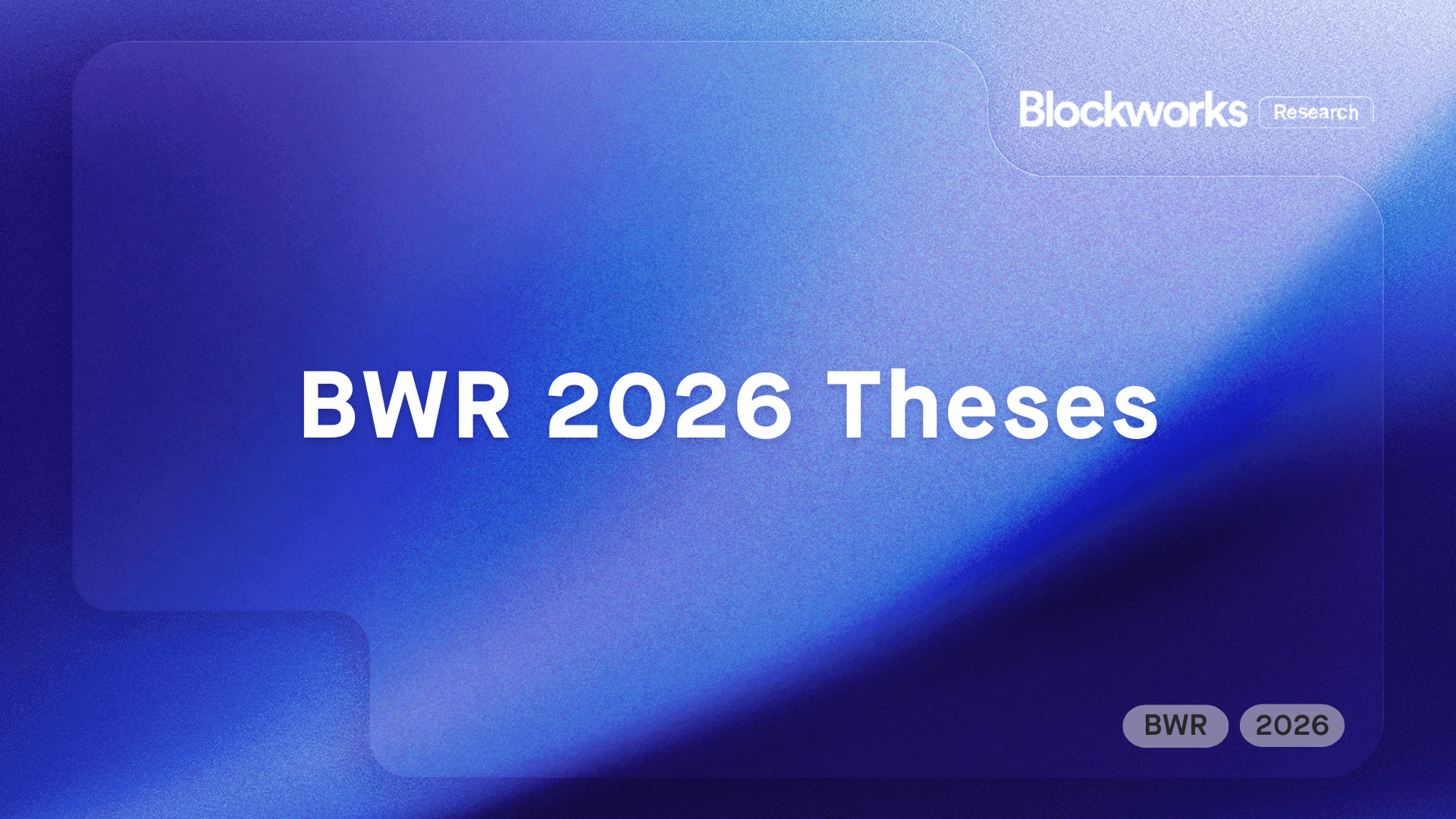Introduction to Clover Finance (CLV)
Clover Finance (CLV) is a blockchain infrastructure platform focusing on the cross-chain compatibility of decentralized finance (DeFi) applications. It provides a seamless and trustless gateway without requiring a central intermediary. Clover aims to enable interoperability between Bitcoin and other blockchains by allowing secure data sharing and communication.
Cross-Chain Compatibility and Interoperability
Clover addresses the issue of isolated decentralized financial networks by utilizing SPV simulation technology. This technology enables easy cross-chain communication and trustless two-way pegs across Ethereum, Bitcoin, Polkadot, and more. Clover's in-house developed two-way peg (2WP) is a critical component of its architecture, allowing smooth asset transfers between blockchains.
Substrate Framework for DApps
Clover is building a basic layer for decentralized applications (DApps) to run efficiently using Polkadot's Substrate framework. Substrate provides a powerful foundation for building customized, future-proof blockchains and allows developers to design blockchain logic in various popular programming languages. DApps on Clover also benefit from several Substrate-based developer tools, enhancing protocol security.
Gasless Transactions and Open-Source Community
Clover supports a gasless transaction model to streamline the user experience, mitigating scalability issues due to high transaction costs. It is an open-source project with its native token, CLV, used for voting on system upgrades and governance purposes.
History of Clover Finance (CLV)
Clover Finance was founded in 2020 by Viven Kirby, Norelle Ng, and Burak Keçeli. The whitepaper was released on April 5, 2021. Viven Kirby is the project manager, Norelle Ng serves as the operations lead, and Burak Keçeli is the tech lead.
Staking CLV Tokens
Staking is the process of receiving rewards by holding certain cryptocurrencies that follow a proof of stake consensus mechanism. CLV tokens can be staked to help secure the network, participate in network consensus, platform rewards, transaction fees, and network governance.
Users can participate in the staking process and earn rewards either by staking CLV tokens through running a validator node or by staking via a nominated validator. Validators and nominators share the rewards gained by validators in the active set they nominated. It is essential to note that staked tokens can be reduced if the validator node misbehaves. The more tokens staked, the higher the reward payouts generated.

